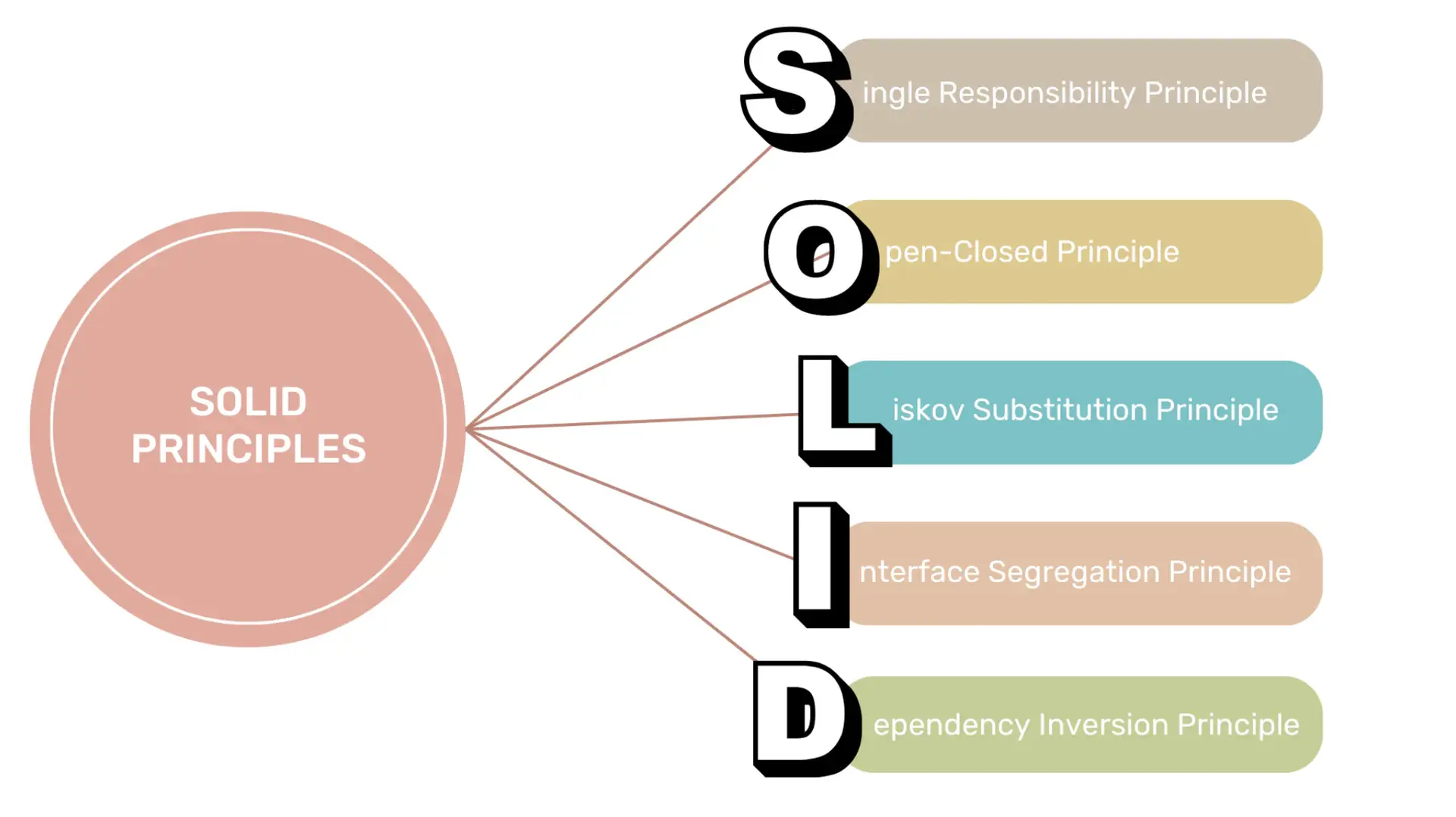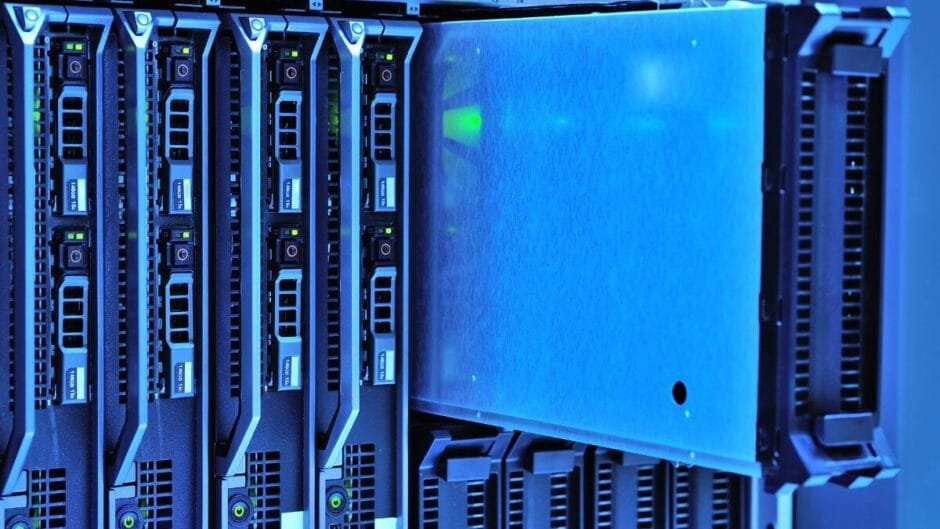Cybersecurity professionals are in demand! Get trained with IBM & ISC2, earn top certifications, and secure high-paying jobs. Start your cybersecurity journey today!
Firewall and Network Intrusion: Strengthening Your Cybersecurity Defense

Learn about firewalls and their role in network security. Understand different types of firewalls and how they protect against cyber threats.
Explore common types of network intrusions and discover measures to strengthen your defense.
Regularly update and patch systems, implement intrusion detection and prevention systems, utilize strong authentication mechanisms, educate employees on cybersecurity best practices, and regularly monitor and analyze network traffic to enhance your network’s protection.

Introduction
In today’s digital age, where cyber threats are becoming increasingly sophisticated, protecting your network from unauthorized access and potential intrusions is of paramount importance.
One of the most effective tools in your cybersecurity arsenal is a firewall.
In this blog post, we will explore the concept of firewalls and delve into the world of network intrusion, providing you with insights on how to strengthen your defense against cyber threats.
Understanding Firewalls
A firewall acts as a barrier between your internal network and the outside world, monitoring and controlling incoming and outgoing network traffic based on predefined security rules.
It acts as the first line of defense, preventing unauthorized access to your network and protecting your sensitive data from malicious activities.
Types of Firewalls
There are several types of firewalls available, each with its own strengths and weaknesses. Let’s take a look at some of the most common types:
- Packet Filtering Firewalls: These firewalls inspect individual packets of data and determine whether to allow or block them based on predefined rules. While they are fast and efficient, they lack the ability to inspect the content of the packets.
- Stateful Inspection Firewalls: These firewalls not only examine individual packets but also keep track of the state of connections. They maintain a record of the packets exchanged between the source and destination, allowing or blocking traffic based on the established connection state.
- Proxy Firewalls: Proxy firewalls act as intermediaries between clients and servers, intercepting and inspecting all traffic. They provide an additional layer of security by hiding the internal network’s IP addresses from external sources.
- Next-Generation Firewalls: Next-generation firewalls combine traditional firewall capabilities with advanced features such as intrusion prevention, deep packet inspection, and application-awareness. They offer enhanced security and visibility into network traffic.

Network Intrusion
Network intrusion refers to unauthorized access or malicious activities within a network.
Hackers and cybercriminals constantly seek vulnerabilities to exploit, making it crucial for organizations to be proactive in detecting and preventing network intrusions.
Common Types of Network Intrusions
Let’s explore some of the common types of network intrusions:
- Denial of Service (DoS) Attacks: These attacks overwhelm a network or system, rendering it unavailable to legitimate users. Attackers flood the target with an excessive amount of traffic, exhausting its resources.
- Malware Infections: Malicious software, such as viruses, worms, and ransomware, can infiltrate a network, causing damage, stealing sensitive information, or encrypting files for ransom.
- Brute Force Attacks: In a brute force attack, hackers attempt to gain unauthorized access to a network by systematically trying all possible combinations of passwords until the correct one is found.
- Man-in-the-Middle Attacks: In this type of attack, an attacker intercepts communication between two parties, allowing them to eavesdrop, modify, or inject malicious content into the communication.
- SQL Injection: Hackers exploit vulnerabilities in web applications that use SQL databases by injecting malicious SQL code into user inputs. This can lead to unauthorized access to the database or manipulation of its contents.
Strengthening Your Defense
While firewalls play a crucial role in network security, they are not a silver bullet. Here are some additional measures you can take to strengthen your defense against network intrusions:
Regularly Update and Patch Systems
Keeping your systems up to date with the latest security patches is essential.
Software vendors often release patches to address vulnerabilities that could be exploited by attackers. Regularly applying these patches helps protect your network from known threats.
Implement Intrusion Detection and Prevention Systems
Intrusion Detection Systems (IDS) and Intrusion Prevention Systems (IPS) can help identify and respond to network intrusions.
These systems monitor network traffic, detect suspicious activities, and take action to prevent unauthorized access.
Utilize Strong Authentication Mechanisms
Implementing strong authentication mechanisms, such as two-factor authentication (2FA) or multi-factor authentication (MFA), adds an extra layer of security.
This makes it more difficult for attackers to gain unauthorized access even if they manage to bypass the firewall.
Educate Employees on Cybersecurity Best Practices
Human error is often a significant factor in network intrusions.
By educating your employees on cybersecurity best practices, such as creating strong passwords, recognizing phishing attempts, and being cautious when clicking on suspicious links or downloading attachments, you can significantly reduce the risk of successful attacks.

Regularly Monitor and Analyze Network Traffic
Implementing network monitoring tools allows you to detect anomalies and potential intrusions in real-time.
By analyzing network traffic patterns and identifying unusual behavior, you can take immediate action to mitigate threats.
Conclusion
Firewalls and network intrusion prevention measures are vital components of a robust cybersecurity defense strategy.
By understanding the different types of firewalls, common network intrusions, and implementing additional security measures, you can significantly enhance your network’s protection against cyber threats.
Stay vigilant, keep your systems up to date, and foster a culture of cybersecurity awareness within your organization to safeguard your valuable data and maintain the integrity of your network.
https://itexamsusa.blogspot.com/2023/12/mastering-matlab-programming-for.html
https://itexamsusa.blogspot.com/2023/12/monolith-vs-microservices-which-one-is.html
https://itexamsusa.blogspot.com/2023/12/publicprivate-keypairs-and-generating.html
https://itexamsusa.blogspot.com/2023/10/exam-dp-203-data-engineering-on.html
https://itexamsusa.blogspot.com/2023/10/ccnp-enterprise-advanced-routing-enarsi.html
https://itexamsusa.blogspot.com/2023/10/red-hat-certified-engineerrhce-ex294.html
https://itexamsusa.blogspot.com/2023/09/github-actions-to-auto-build-your.html





































